Last December Oaxaca hosted its first Mujer Agave festival in the city center. Over the two day event there were a series of presentations and a great selection of brands showcasing some of the best mezcal and other agave spirits around. During this experience I was lucky enough to meet Araceli and Berenice Rodriguez, the sisters behind Augurio Mezcal, who invited me to visit their unique distillery in the town of Zaachila.
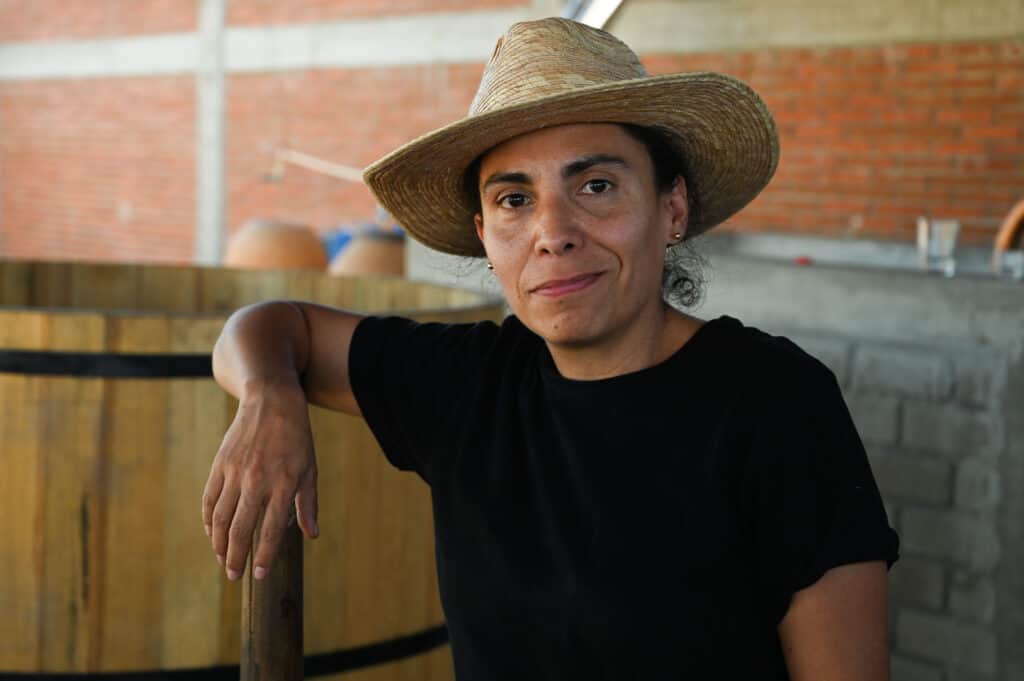
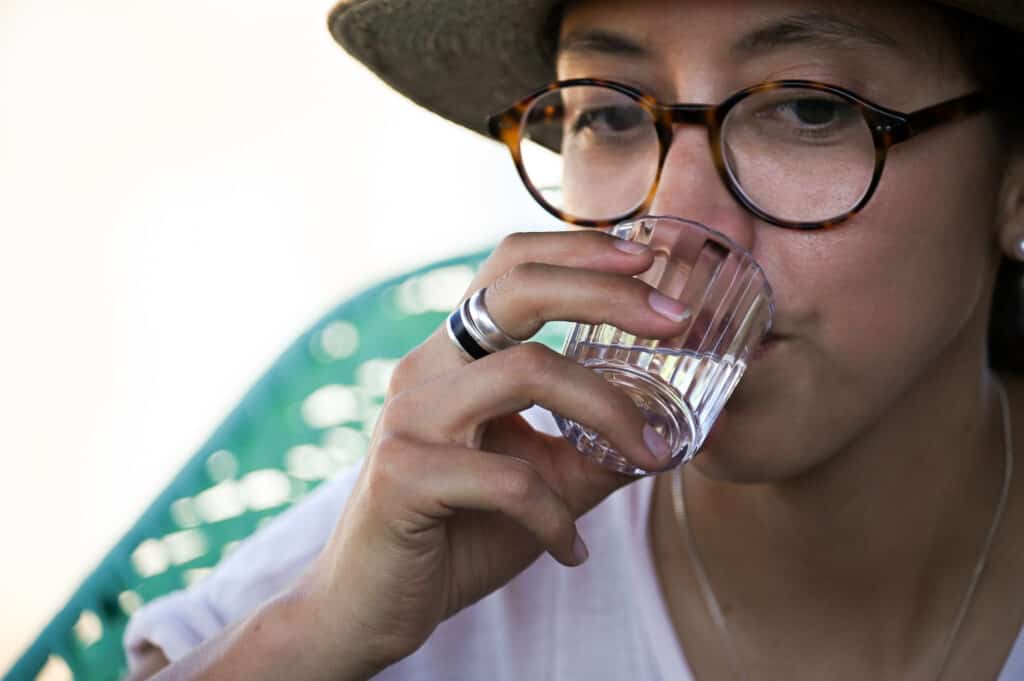
I was curious to visit their space, particularly because Zachilla is not particularly known for producing mezcal or working with agave. Zaachila is predominantly a Zapotec community, six km from Oaxaca city in the direction of the pacific coast. The town is best known for its gastronomy and Thursday market. Despite this, the Rodriguez sisters took a gamble on developing their production there.
Araceli described how her father acquired the lands; “Bere and I wanted to start our own brand and make ourselves a different space and by having these lands we could start building the palenque to our liking and we would also have the space to make the bottling plant, which was something we have been interested in doing.”
The distillery is just off the highway beyond the town of Zaachila, walled off in front of a large field of young espadin. On first impressions, there is an interesting mix of modern aesthetic, artisanal and ancestral elements. Along the wall are decoratively grown silvestre (wild) agaves leading up to a statement metal door, giving the approach a contemporary Oaxacan feel. Inside the space is intimate, with a copper still, fermentation vats and a small pit oven. To the right is a small warehouse that also houses a space for bottling. Surprisingly, rather than a tahona, there is a canoe and wooden mallets for crushing agave by hand. Under some tarps are also two clay pots.
This mix of traditional methods and modern elements has grown out of the unique path the sisters have taken to grow the Augurio brand. This unconventional duo hasn’t had a completely smooth journey. Before following in their fathers footsteps, both Berenice and Araceli chose to study in Mexico City. This opportunity to explore their independence helped them stand up for themselves when they returned to the business of mezcal, with new ideas that challenged the way in which their father and grandfather had previously worked.
The sisters believe that both genders can do the work, although of course there are elements that are more challenging for women. “It can be for both genders. You don’t have to be a man, nor do you have to be a woman, right? I mean, there are heavy things, but it can be done.” Considering the practical challenges, it makes sense that they would pursue ways to make the work more efficient. The fact that they didn’t apprentice in a palenque beyond helping out as children, also led them to be more academic in their approach.
The Rodriguez family has been making mezcal for generations in the community of Xaaga near Mitla. Their father Vincente is the youngest son, and learned his traditional practice from his father. Both sisters remember being intrigued by the mezcal process when they were children. However some of the older men in the family questioned whether it was appropriate for Vincente to allow the girls to be helping with production. Araceli remembers, “One of my uncles, he’s a bit more, how to say it, like a macho, said we could not help with fermentation, that we cannot enter, because the woman’s mood changes the fermentation.”
So in a way it was their fathers’ openness to his daughters’ interest, that laid the way for Berenice and Araceli to pursue their passion for mezcal.
What’s in a name?
The sisters remember learning about the myths from their grandfather and this influenced the naming of the brand Augurio, which loosely means “good omen”. “He would sit all the grandchildren down and tell us pre-Hispanic legends” such as the story of mayahuel, goddess of agave and fertility:
One night Quetzalcóatl traveled to heaven to visit Mayahuel. While Mayahuel slept next to her grandmother (a star demon), Quetzalcóatl whispered in her ear and convinced her to go down to earth. There they merged to become a two-branched tree. When her grandmother woke up and saw that Mayahuel was gone, she traveled to earth with a group of demons to find her granddaughter. Upon finding the tree where the couple had met, Mayahuel’s grandmother broke the branches and gave it to the demons to eat. Quetzalcóatl salvaged some remains of Mayahuel’s body and burned them. From these remains the first maguey grew.
Years later it is the Goddess who influences man by using ‘omens’ as he walks through the landscape, guiding his decision on whether to cut an agave or leave it to flower. “Either way it’s the omens, it’s those premonitions, those messages from the goddess mayahuel for you to go and cut.” So when the sisters had the idea to start the brand they were very clear about it, “it was an omen.”
Most of the mezcal productions I have visited are run by a family, typically with a hierarchy based on age. In the case of Augurio mezcal, the sisters manage the production equally, with Berenice more focused on the physical process and Araceli managing the marketing of the brand. Having a sister myself, I was curious how they worked together. Although they laugh about the sisterly rows, Araceli said, “we fight as equals. I love my sister a lot. It is complicated, but amazing. You find the patience.”
The family dynamic challenges and tradition
The dynamic with their father is a bit more challenging; “fighting with dad means that he stops talking to us for days and the family role gets mixed up with him.” The challenge is finding the balance between being in business together, but not working for him as a boss, yet also having the father-daughter role.
Although Vincente helps advise the sisters on production, there are still some specific points of contention. An early speed bump was communication. Often in mezcal the knowledge handed down from generation to the next is not questioned. The “hands of the mezcalero” based on practice and intuition, are the main guide to process. When making decisions about their mezcal, the sisters wanted to be more analytical. They wanted to know why things were done a certain way, and the response was along the lines of, that’s just how it is.
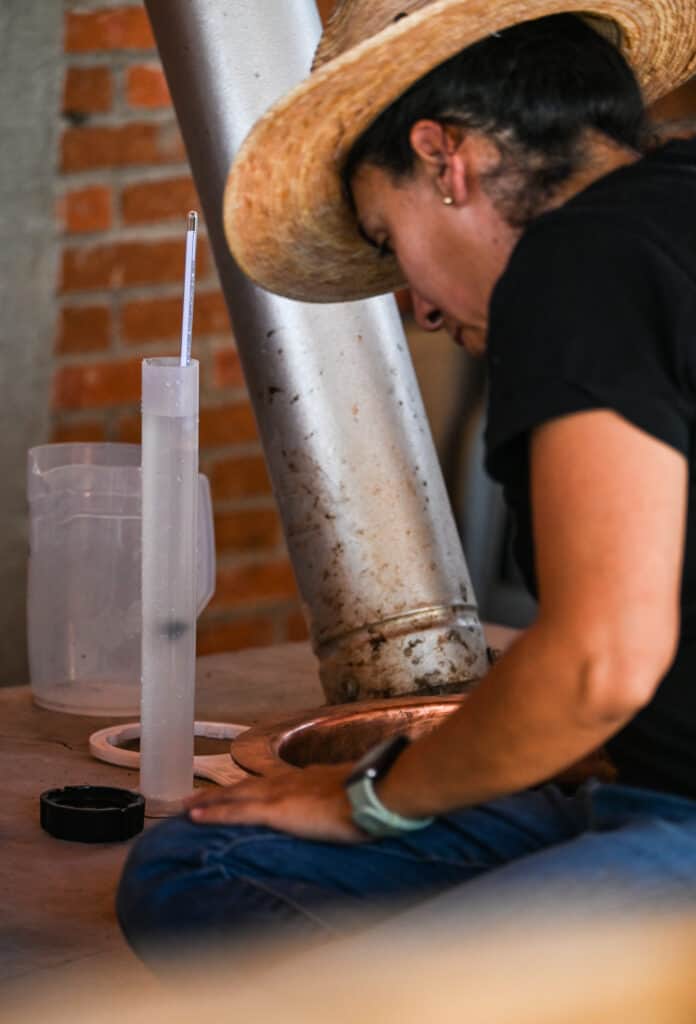
“Vincente would say “your grandfather has always set them up like this and that’s how they have worked. Why change it?” Well, because it’s ours and because we want it to be better.”” [Araceli]
Berenice described how a shift came when the sisters made their first batch alone: “It was 7am when the maguey espadin arrived and we began to prepare everything to start the cook. Although the agave arrived, my father had not. We decided to wait, but after a couple of hours my father called us to say that he would not arrive until 3pm. At 3pm we decided to light the oak in the oven and start heating it, thinking that he would arrive at night when the oven was ready, but that did not happen so we prepared to do it alone. We finished covering the oven at approximately 2 am. When my dad arrived, he scolded us for having done it alone and that’s when we decided that we would do this batch alone from start to finish.”
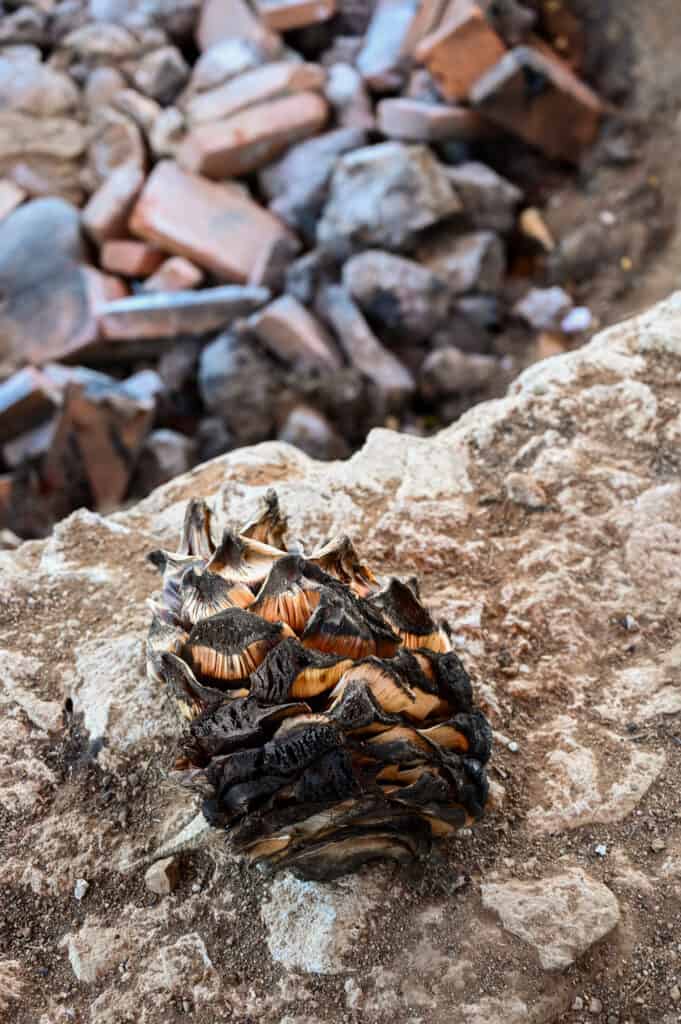
Despite challenges in their relationships, as Vincente has seen how the sisters have succeeded he has warmed to the changes. Now the dynamic is one of mutual growth as they all learn from each other. He has come to respect their choices to change things, leading to an emotional revelation; “I am very proud because now you have taught me.”
Forging a new path
One of the standout elements that their father has taken to is their use of solar power to run the distillery. Currently it is only partially dependent on the solar panels, but they aim to add more to become fully solar powered.
As well as the solar panels, they use other contemporary tools such as pumps to fill the still with ordinario for the second round of distillation. This is what Berenice was doing when we arrived for our interview. They also work with modern tools of precision. Bere explains “this was a batch that we did as super meticulous, measuring the sugar like this, with the alcohol meter, with the thermometer, seeing everything”
Unlike the mezcal that their family made before them, they want to be very clear about the make-up of the liquid. They are looking for a refined botanical, rather than a rustic, smokey profile. They remember how frustrated their grandfather was getting his mezcal tested for certification and having to achieve certain minimum levels of methanol, for example. His opinion was that the certification board was a mafia type racket that exploited the producer. The sisters however, are more open to understanding and achieving certification standards.
“The experiences of the old are also incredible because it is a very intimate relationship with the earth. But now there are also other resources.”
This need to clarify led to research beyond the family traditions. “We have tried to preserve the most valuable traditions, but also accept that it is not the only thing. We can always, always look for the best, at least improve and have our own identity. That is what we want for our label, our identity to be reflected. There is a tradition, there is a family, but we want to make that disruptive point,” said Araceli.
They looked to the internet and other mezcal producing communities to learn what other options there are for the process. Araceli particularly referenced the work of Rosario, the mezcalera behind Mezcal Rambha as an inspiration. Rosario is based in Catarina Minas, a town famous for making clay pot distilled mezcal, and typically agave is mashed by hand using wooden mallets.
“Rosario at some point was a lot of inspiration for us because we saw how she worked alone. Well, she obviously has people who help her and everything, but they were ideas to innovate and all of that helped us, inspired us in a certain way to change a little and do things our way,” explained Araceli.
Although Vincente and the family before, worked with a more artisanal style using copper stills and a stone mill, now the sisters are also exploring the flavor provided through clay pot distillation and hand crushing. Berenice referred to a couple of reasons for this choice. One is that in her opinion, crushing the agave using the wooden mallet helps open up the cooked agave fibers more than other options, allowing the natural yeasts to have more impact. She also described how this method provides more human work, which gives them the opportunity to hire locally and engage further with the community.
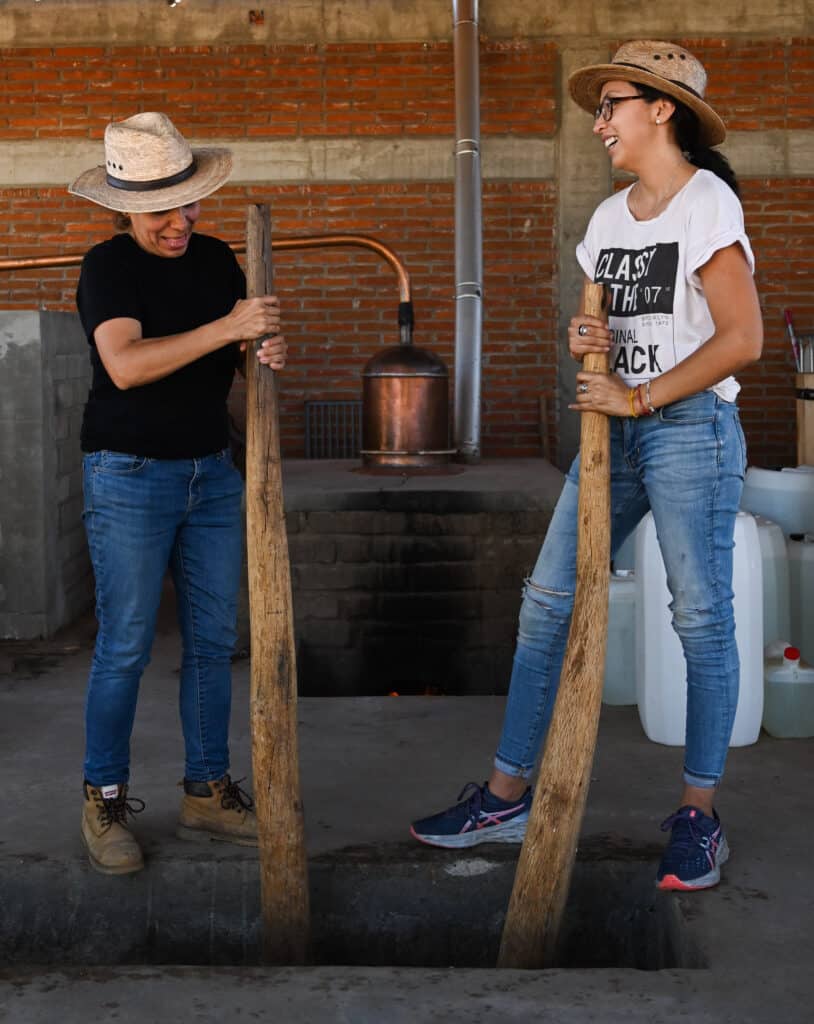
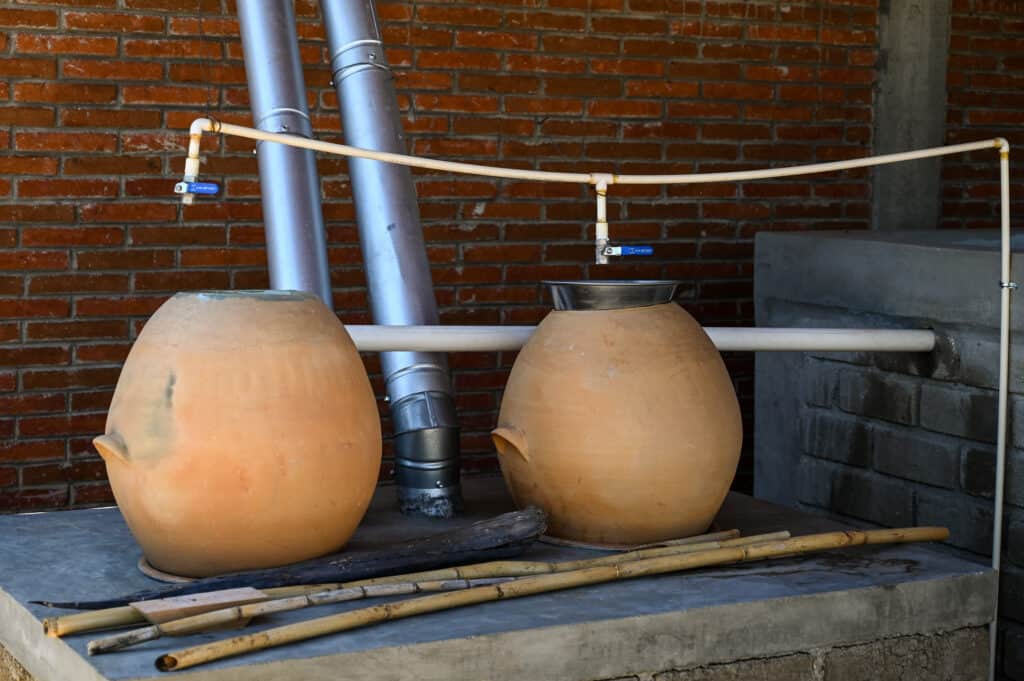
As Zaachila does not have many mezcal producers, gaining acceptance from the community is very important. They want the distillery to be approachable, and find opportunities for collaboration with local businesses. The sisters say they love to share knowledge. It is not a secret to be hidden. Being jealous of knowledge goes against the spirit of mezcal. “If the earth shares and the maguey gives you all that, why would we block it.”
This aligns with how Berenice described her aspirations for the next five years. She would like to encourage more guests to visit both Zaachila and the distillery. She says they are hoping to expand the space so they can host AirBnB experiences that include people staying there and using it as a base to explore the community and see each stage of the process. “I hope that people could come to live that experience, to say “I tasted mezcal, I bought mezcal, but I also lived mezcal, and I spent three incredible days in this community, which is also a place that has a lot to offer.”
Real world challenges
A particular obstacle faced by Augurio was on the sales end of their work. They had been growing steadily and with some success for several years. However, just before the pandemic they were approached for a large order. Araceli described how in “January 2020 we signed a contract to supply them with 7000 bottles on consignment, they made us a purchase order, signed promissory notes and gave us bank checks. When the deadline to collect, the company had disappeared, they dismantled offices and a warehouse.” Eventually the sisters were informed by their lawyers that it was a criminal organization “the only possible thing was to get those involved jailed, but that neither the money nor the product could ever be recovered.” Unfortunately this is not the first instance of this happening in the mezcal industry.
Fortunately the sisters came out the otherside with great perseverance. They have learnt from the experience and have high hopes for the future. As well as developing the palenque and local relationships, other goals are more specific to the Augorio brand. Currently they sell in Mexico and export to Belgium, but they hope to be known by the whole world. They have successfully entered some competitions such as Mexico CAVA and fairs such as Mujer Agave where we met. They hope to attend Mexico in a Bottle this year.
They have two styles of bottle. The range marketed to Belgium is a statement bottle; a square bottle with thick glass and artwork and name seen through the mezcal inside the bottle. They only send a couple of expressions to Belgium which is still a young market for mezcal. At the moment they find that their audience there is still looking for very smoked mezcals, whereas in Mexico people are keen to explore more agave-forward flavors.
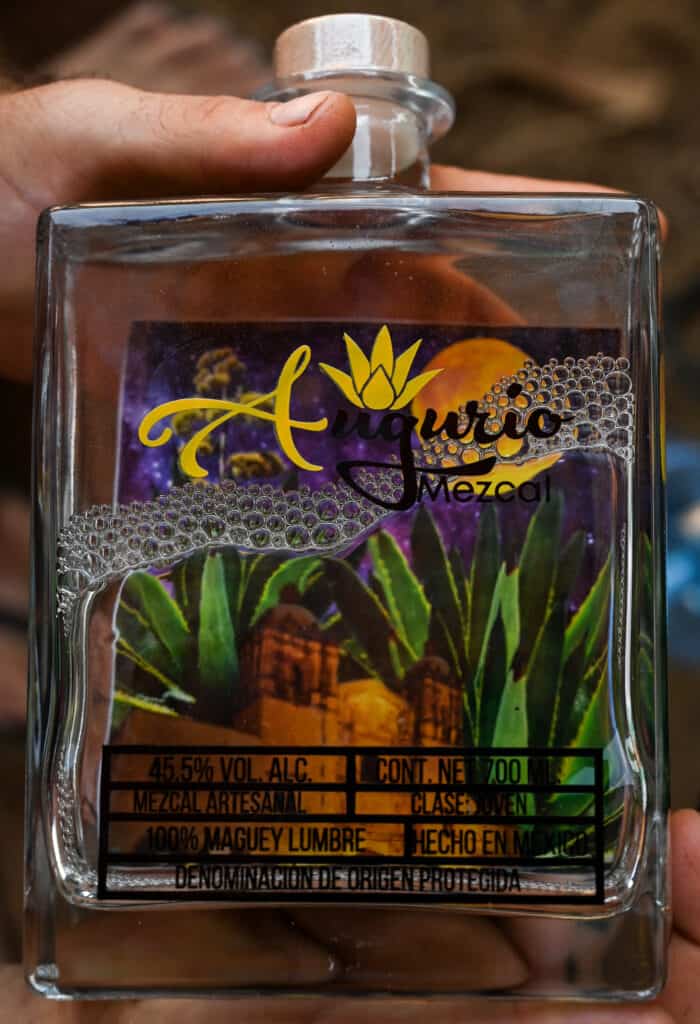
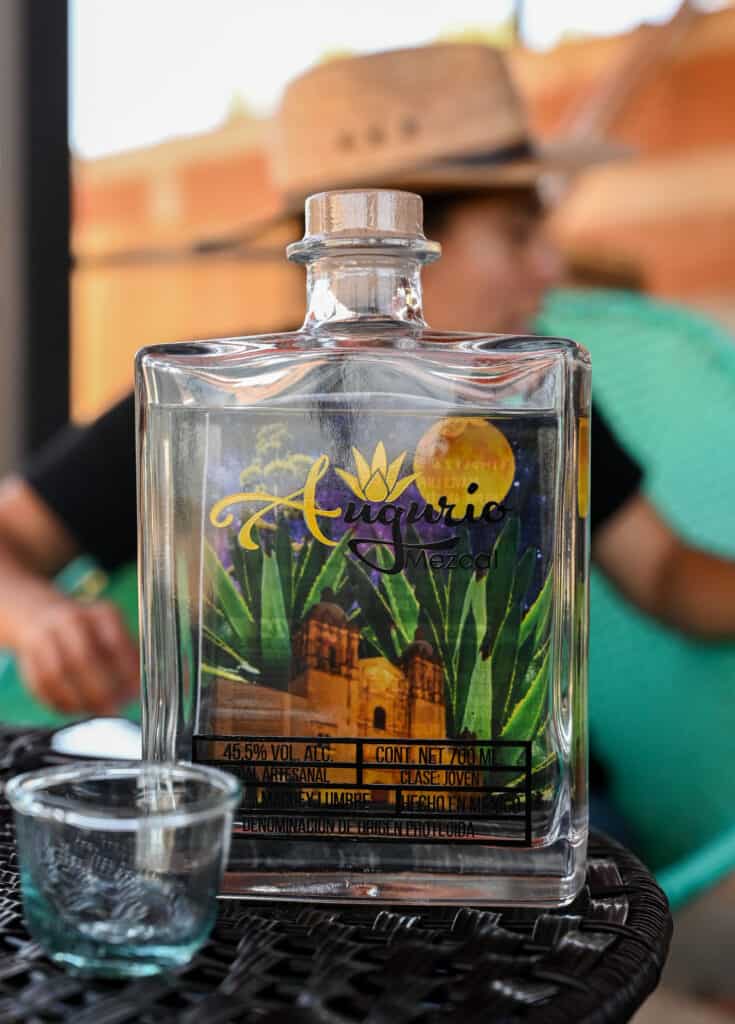
Their bottle used for the broader range sold in Mexico is more of a traditional 750ml tall and cylindrical. This staple style bottle is going through a style change, so that rather than having an opaque pastel coating, they will be clear showing each agave expression within the bottle. “ When you turn the bottle upside down and with the effect of the alcohol it makes it look bigger.” Espadin will have black accents, tepeztate green, tobala pink etc. “The colors we choose for the flavors. For example tobala is more floral, in fact, sometimes it even smells like roses.” For me, their Tobala in particular stands out as an exciting, fresh, well rounded expression.
“We have an inherited recipe, but the details we have been polishing for ourselves to give it our own identity.” In light of the traditions they have passed down from her family, Araceli said that “There are experiences that I would not change for anything. I will continue to do it over and over again. Now what we want is to innovate in flavors.” Her vision for the future is “the idea is that even more people can work with us, more women, and that we expand.” Despite the challenges they have had along the way, “Everything that happened was worth it.”
It is exciting to meet these sisters who are so passionate about mezcal, and not afraid to push boundaries of tradition to express themselves fully in their work. I’m sure they will go on to achieve their goals. We will see Augurio and Zaachila becoming synonymous with agave spirits worldwide – good omens!

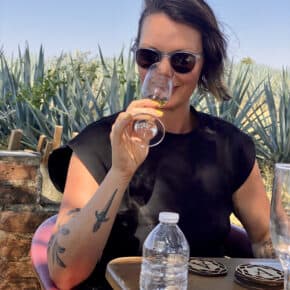
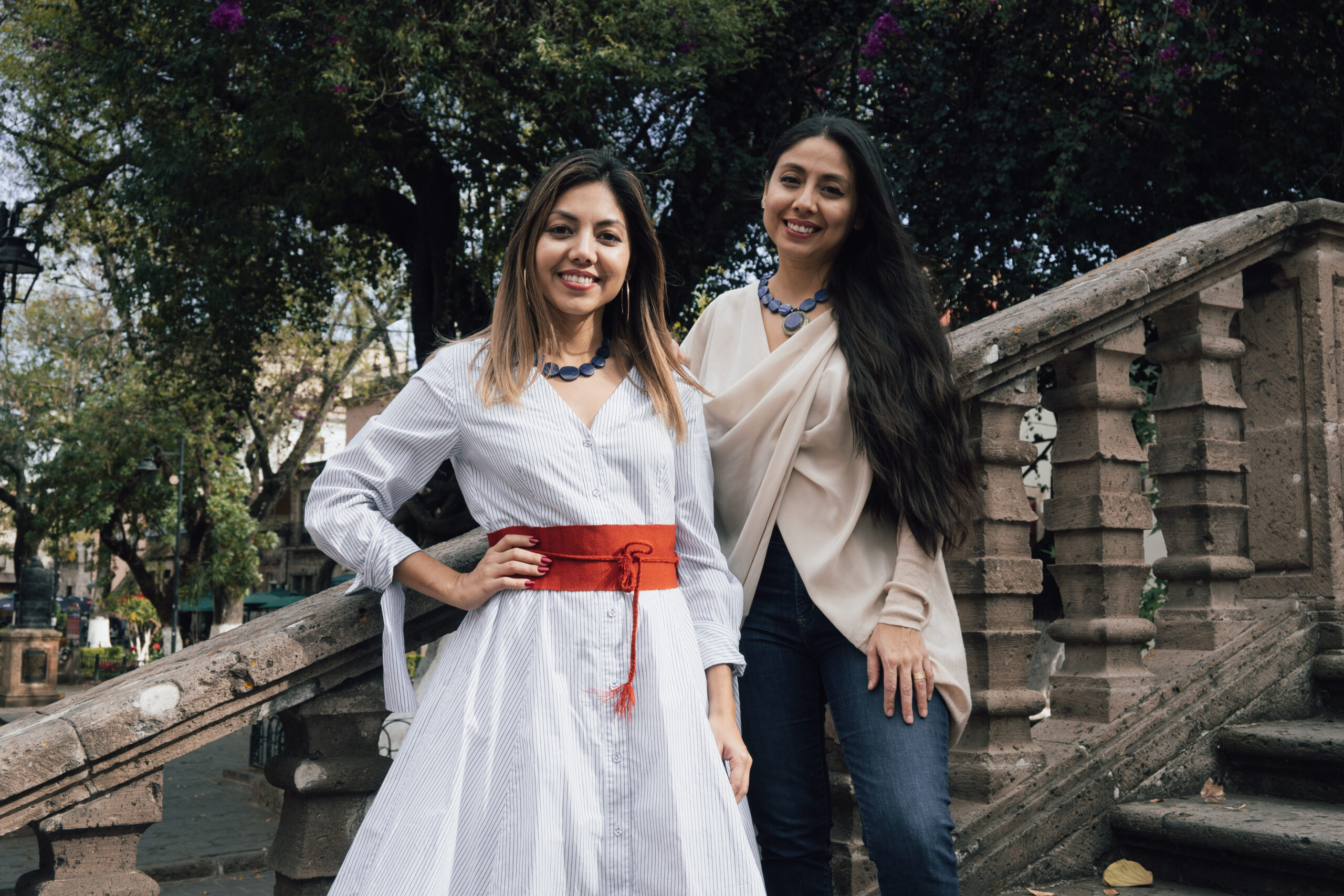
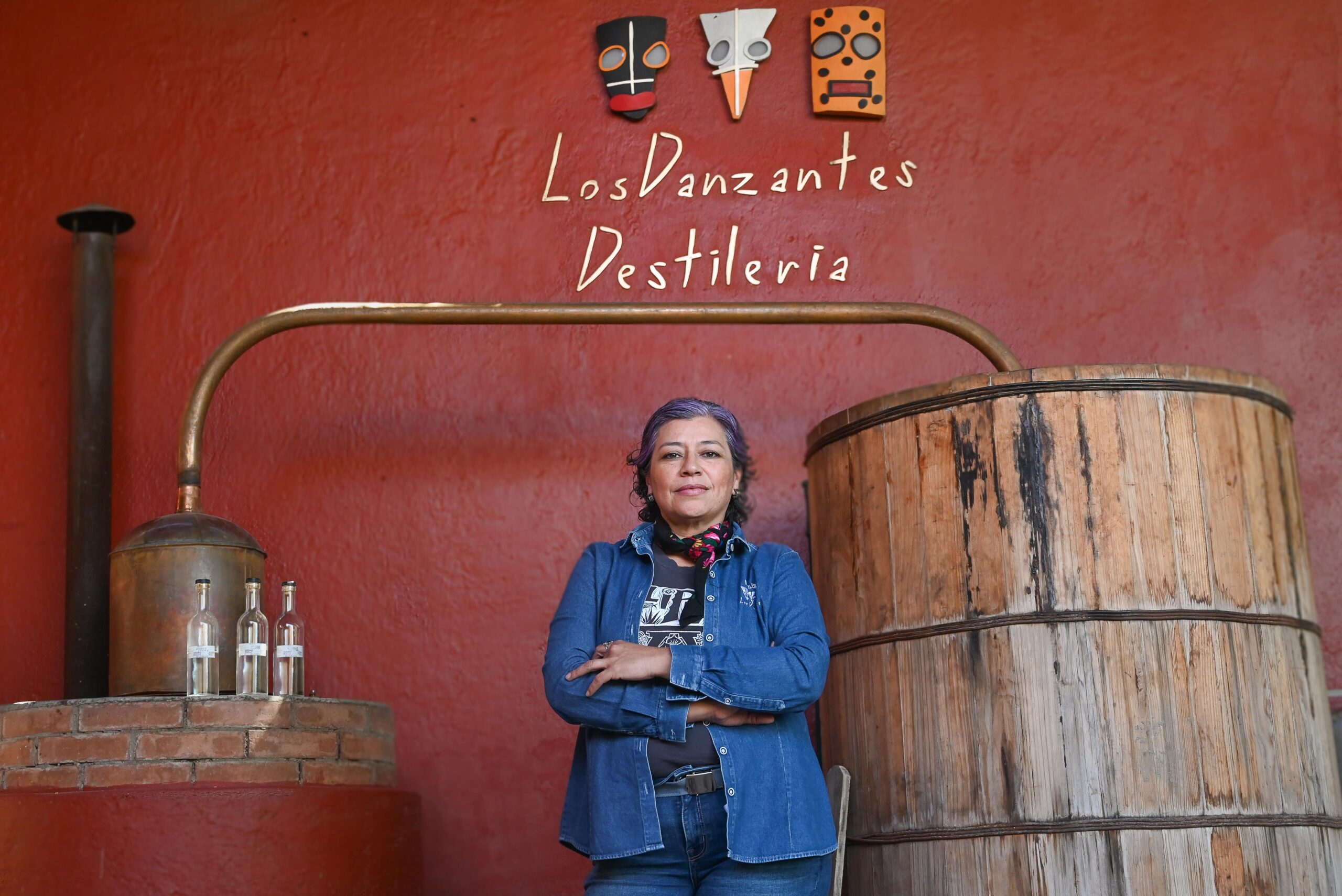









Leave a Comment